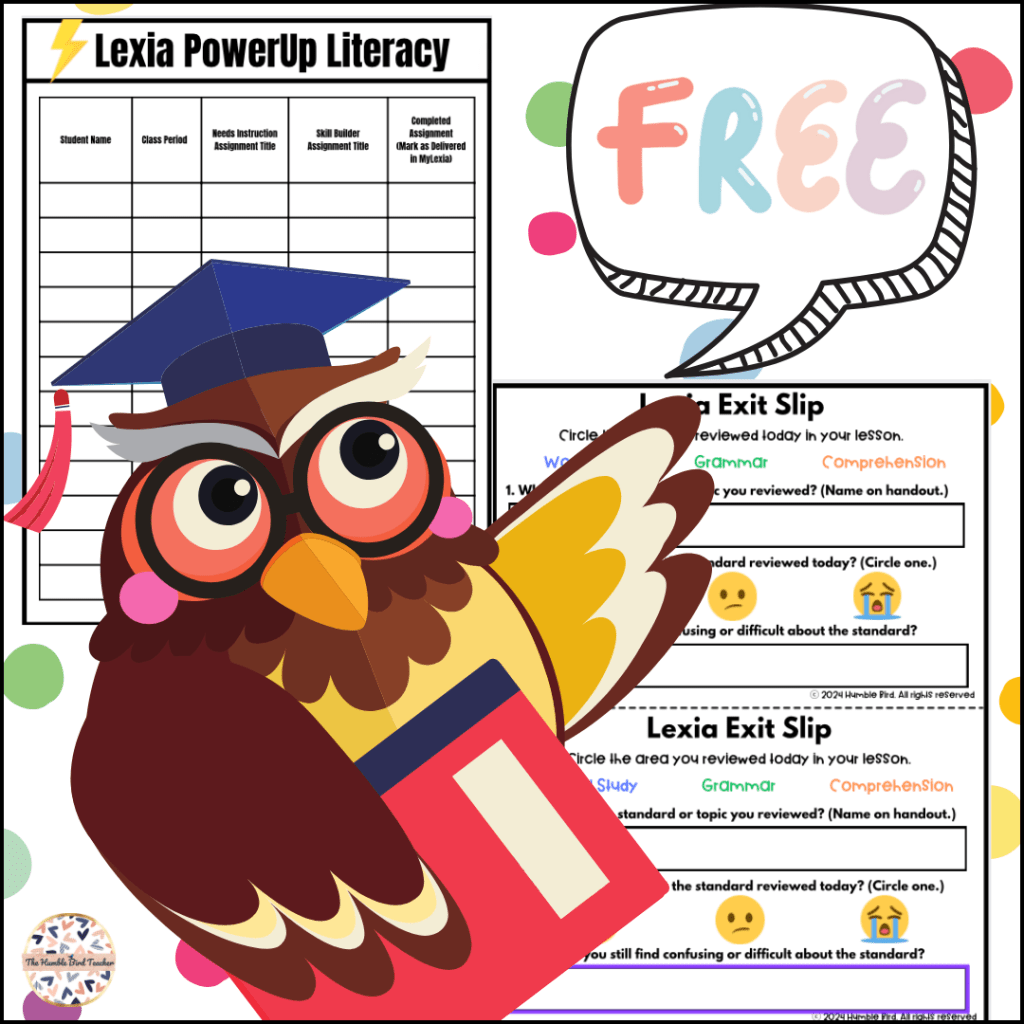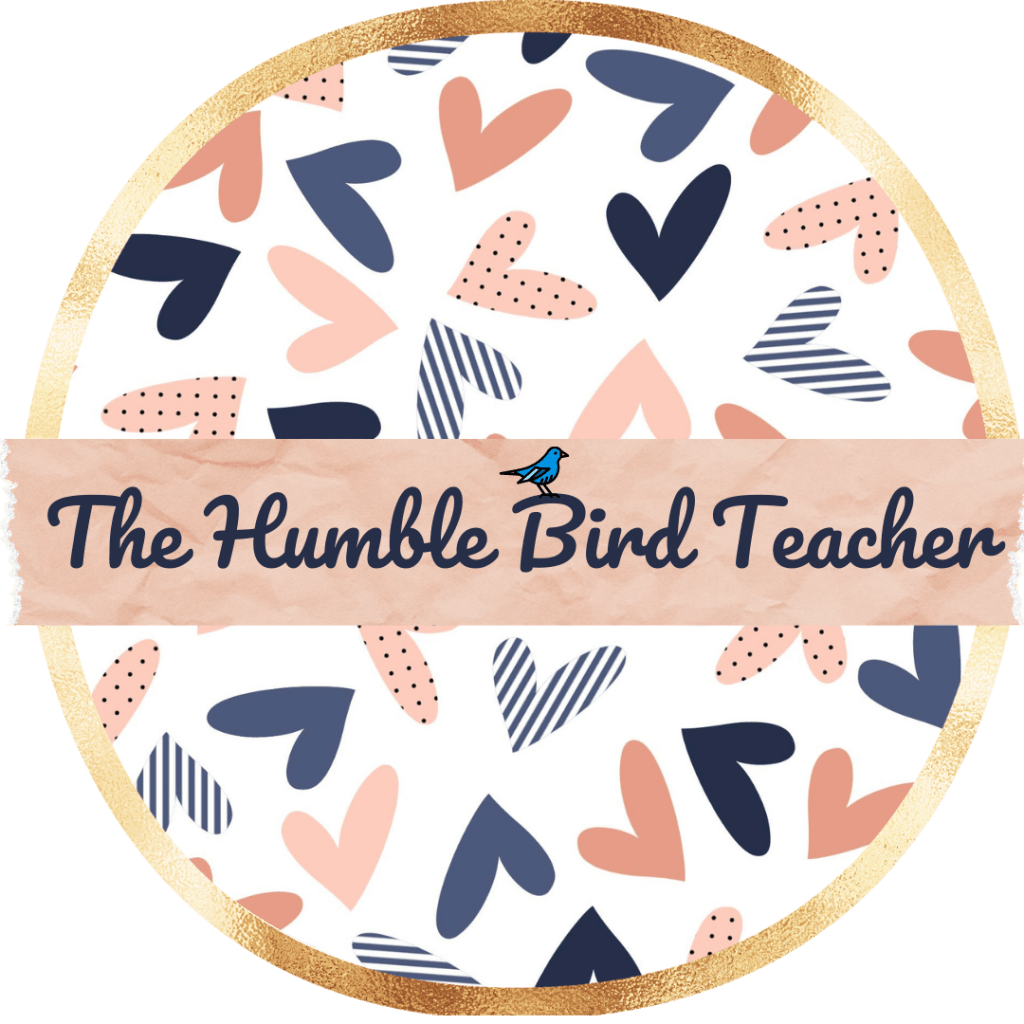
How many tasks can teachers juggle before burning out? Between professional developments, professional learning communities (PLCs), overseeing and attending after school activities, adding one more task can make the entire teacher Jenga tower collapse in in less than zero point zero seconds. Many times central office and administrators don’t realize the workload they add on teachers’ plates and believe that teachers can juggle one trillion tasks at a time.
Last year, my school district introduced Lexia PowerUp Literacy to some of our middle schools. The turn around between training and presenting to the students was less than a week. I remember checking my school email on Wednesday and sitting in the PD (Professional Development) for the program the next day. Our English department was a little frantic over the entire program. There were so many questions even after a Lexia representative went over it. The same problems overcame the teachers at my new school as well. “How will I have time to teach my actual English lesson if we are doing this program daily? What about my silent-sustained reading time? How do we use these features? What if my students max out of Lexia? What will they do? The question lesson went on and on even after three Lexia representatives did in-person training and virtual training.
If it is your first time using Lexia, don’t fret! It is a super easy program. It is much like a print and go lesson or plug and play video game. First, the students take a diagnostic test that places them into the following categories based on where their learning is currently word study, grammar, or comprehension. Second, the students select which category they want to work on, and they review that section for the time your school as allotted. Our district gives students 15 minutes a day to complete Lexia. Do the students love it? Some do and some don’t, but that’s another blog post on how to keep students engaged.
The best part about Lexia is that it differentiates instruction for you without all the extra work! You will know what your student’s strengths and weaknesses are when you open their data in MyLexia by clicking on the student’s name in the main dashboard.
What’s the Problem if it’s like Plug and Play?

Lexia is an amazing program because it meets students where they are in English class. Students have the opportunity to work on their weaknesses and improve their strengths with enriching lessons. Lexia provides teachers with everything they need in the program such as printable lessons and pre-made PowerPoint lessons.
Although it is plug and play, there is still some work required on behalf of the teacher. While students work through the program, they may get stuck on a lesson. As a result, Lexia sends a notification to let the teacher know that a students needs guidance, and the best part, they provide all the material as stated above. The problem I heard from many teachers was how can I fit the “needs instruction” and “skill builders” sections into my already packed lesson?
Three Solutions to the Problem
Solution #1: Learning Centers
Centers are an excellent way to differentiate instruction in your classroom. Students are all working on different activities and on different levels and getting what they need to be successful in class. Here is an example of how you can use in your classroom to fit the “needs instruction” and “skill builder” lessons into your already busy day.
Tier 1: (Mastered/Skill Builders Group) If their name pops up under the Skill Builders tab in MyLexia then these students can work on those lessons independently. Print out the lesson and have it ready for the students in a folder with their name on it that you can pass out to them. Furthermore, you can use numbered clothespins that correlate to a student so that when that student sees the number one he or she knows there is a lesson for him or her to complete.
Tier 2: (Bubble Group) These students can continue working in Lexia for 15 minutes, or you can give students a different lesson to work on that reviews what you are going over in English class.
Tier 3: (Needs Instruction Group) You will work in a small group with these students and have them work on their “needs instruction” assignments. Group the students together who are reviewing the same standard/topic. If everyone is working on something different, then you can have each student complete their assignment independently with you there to check over their answers. If students get an answer wrong, you can re-teach it to them right on the spot and ask questions such as why did you select that answer to get more insight into their thought process. After students are finished with the paper and you review the answers they selected with them and why then you can go back into Lexia and mark that the assignment was delivered.
Solution #2: During Lexia Work Time (15 minutes)
Before class, print off all the assignments for the students that pop-up under “Needs Instruction” or “Skill Builders” and have the students complete the handout during the allotted time instead of working on Lexia on the computer that day. Once they finish their assignments, you can go back and mark that the lesson was delivered.
Solution #3: I’m Done? Now, what? Lexia
If students finish their classwork early, have a folder ready so that they can work on improving their “needs instruction” skills. If they don’t finish early then, I would recommend using one of the solutions above, or you could also assign it as a homework assignment.
Keep Track of Students that Need Instruction or Skill Builders
If you need a way to keep track of your students, I have created a free tracking resource for you. When you see your student’s names pop-up under any of the categories, you can write down what they need to work on and check off when they completed it. Also included in this resource is a Lexia Exit Slip that your students can complete after you re-teach the standard they were working on in class. If students are working on the skill builder section, they can still complete the slip because it was a new topic being introduced to them. That way you can keep track of what your students understood and may need extra assistance with you you review those standards outside of Lexia. Click the link, Middle School ELA Lexia Resource, for your free copy.

More Middle School ELA Activities
If you looking for more ideas for your middle school ELA classroom, check out my blog post on the plot diagram using “The Fresh Prince of Bel-Air” theme song.


